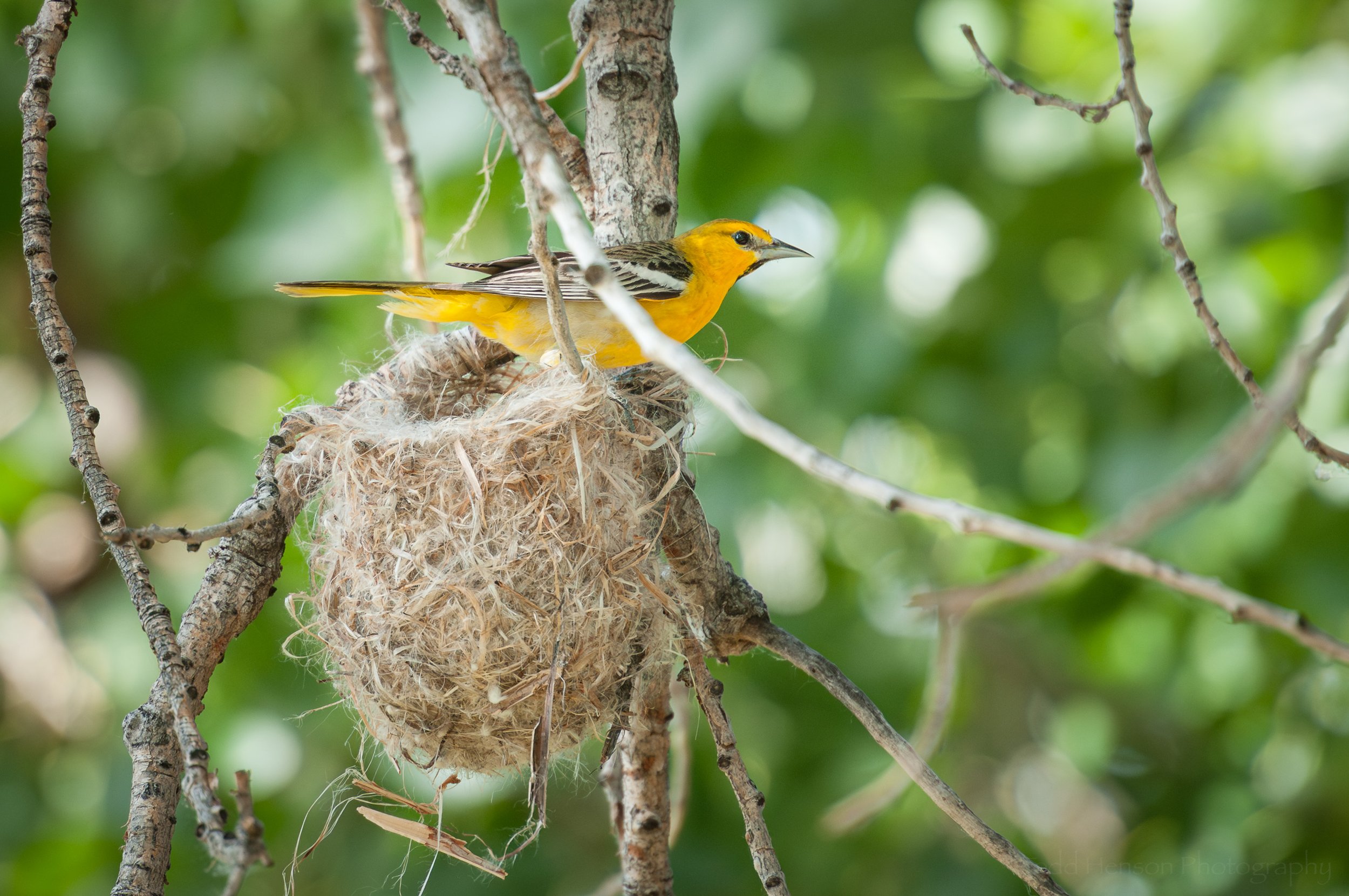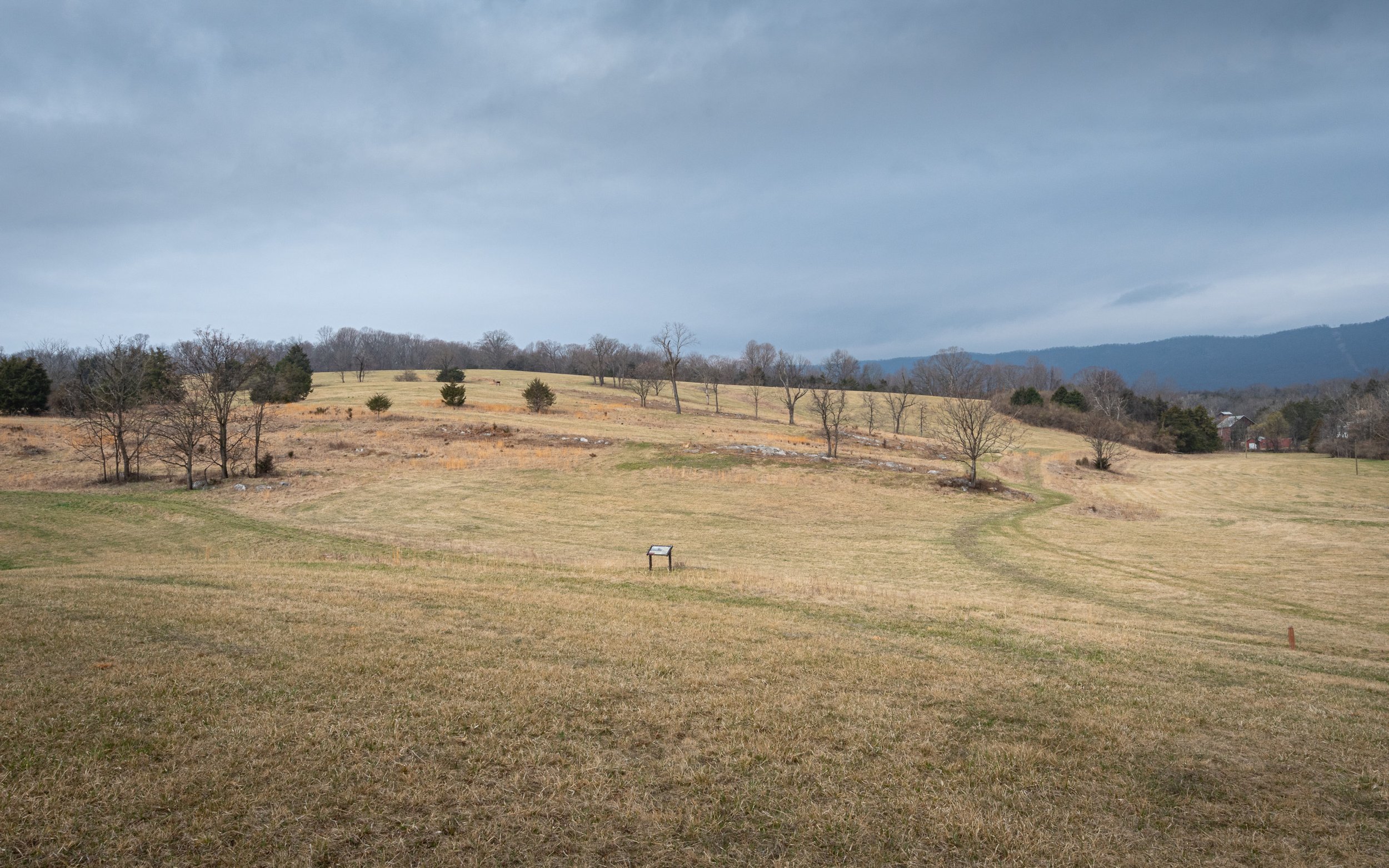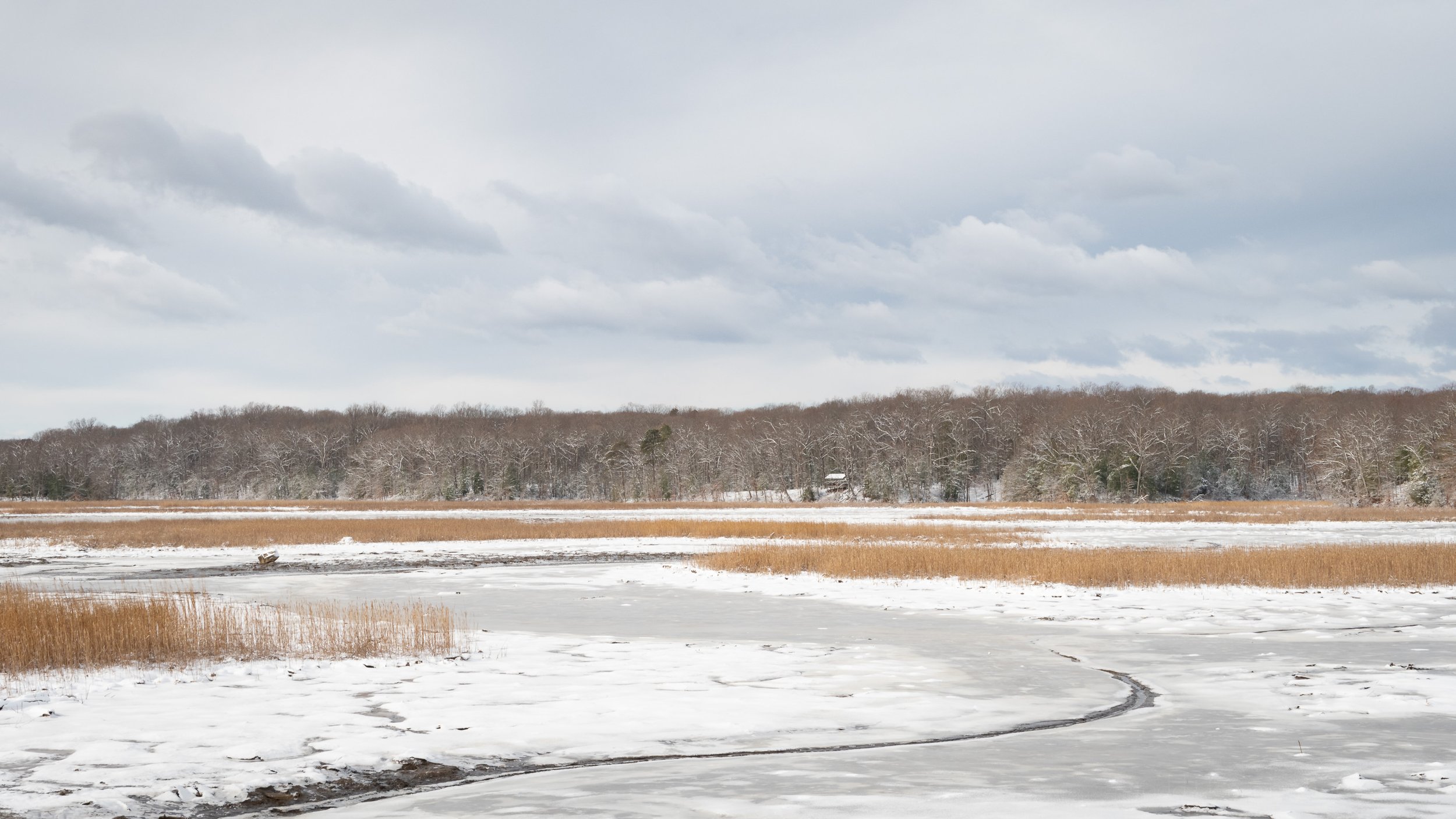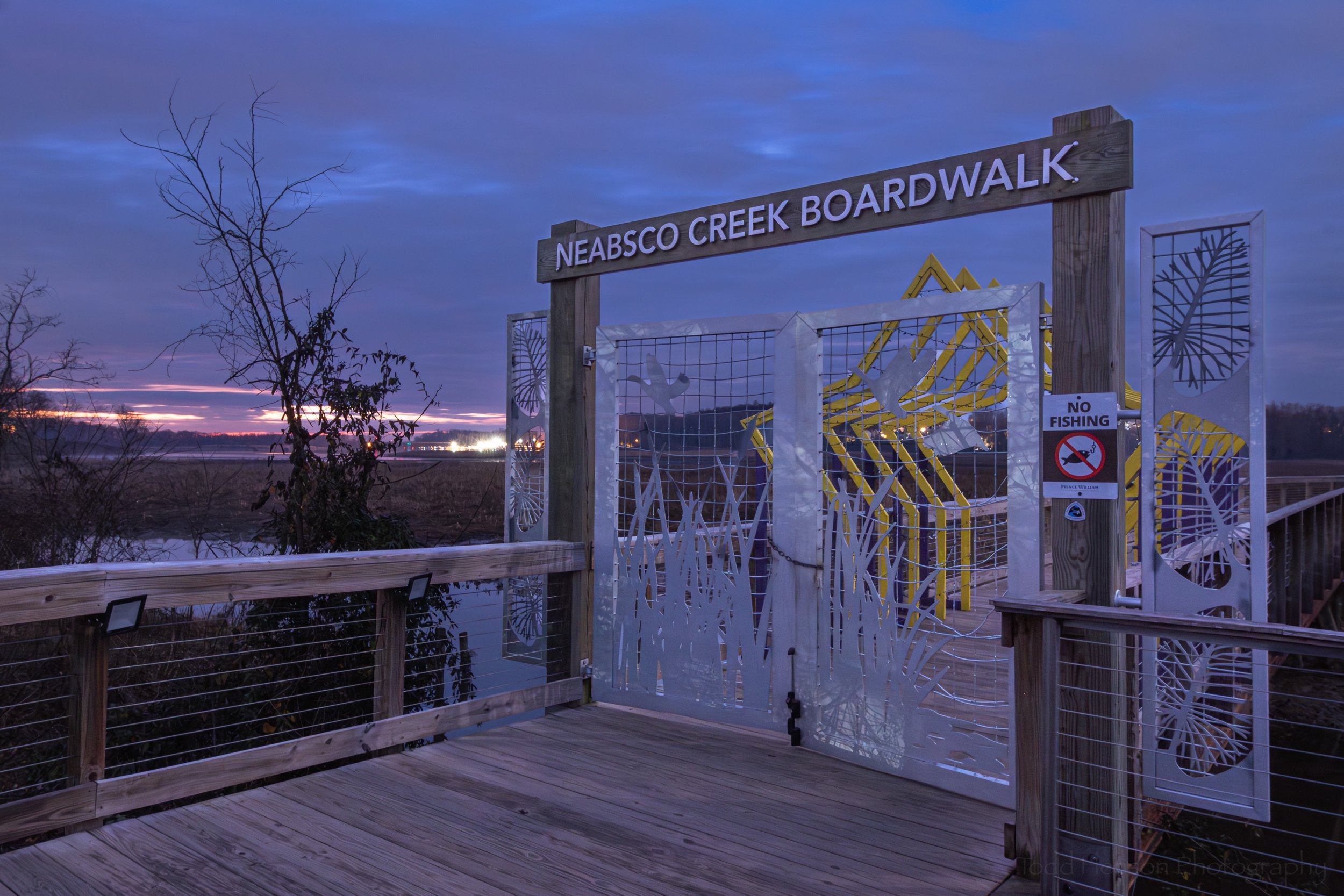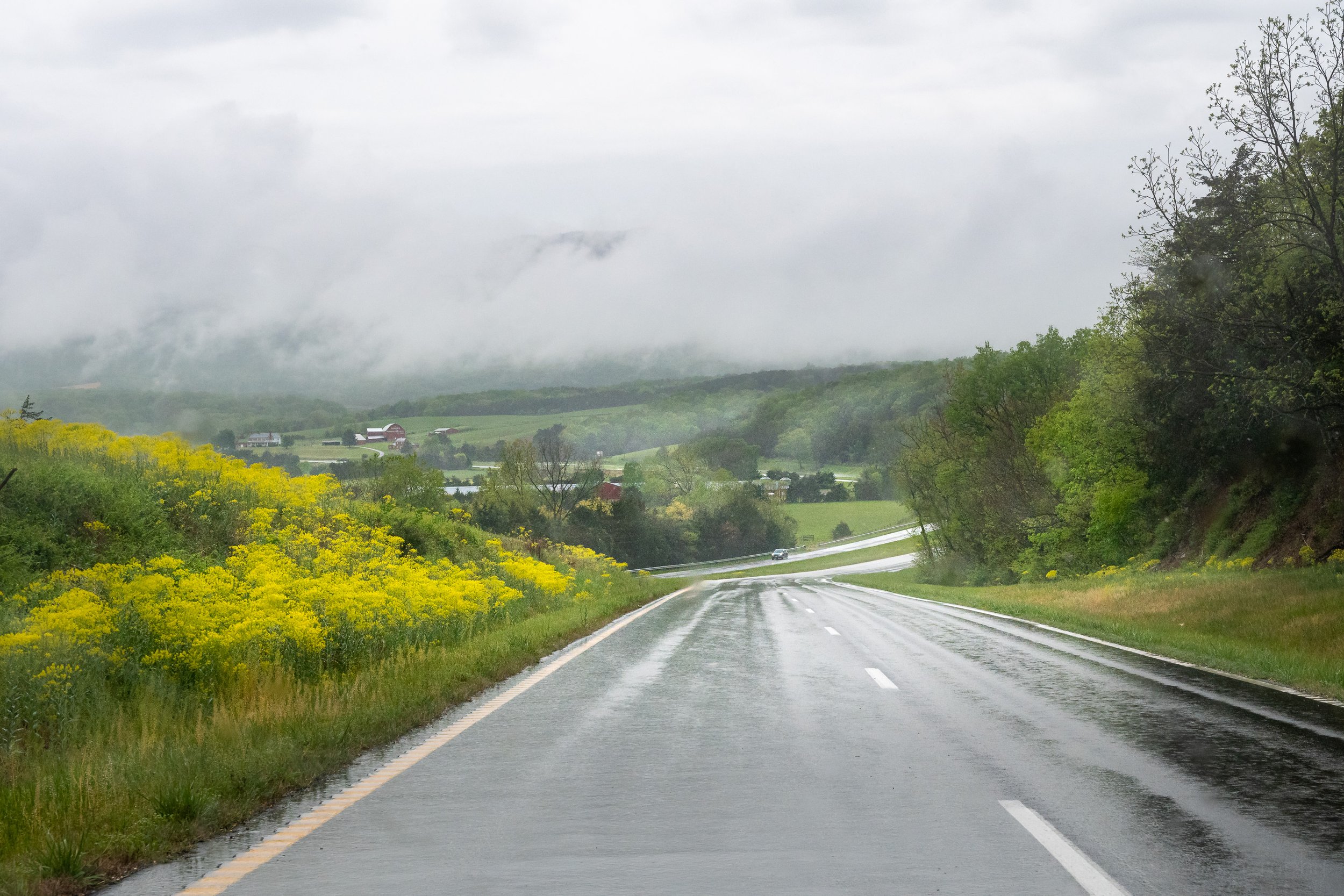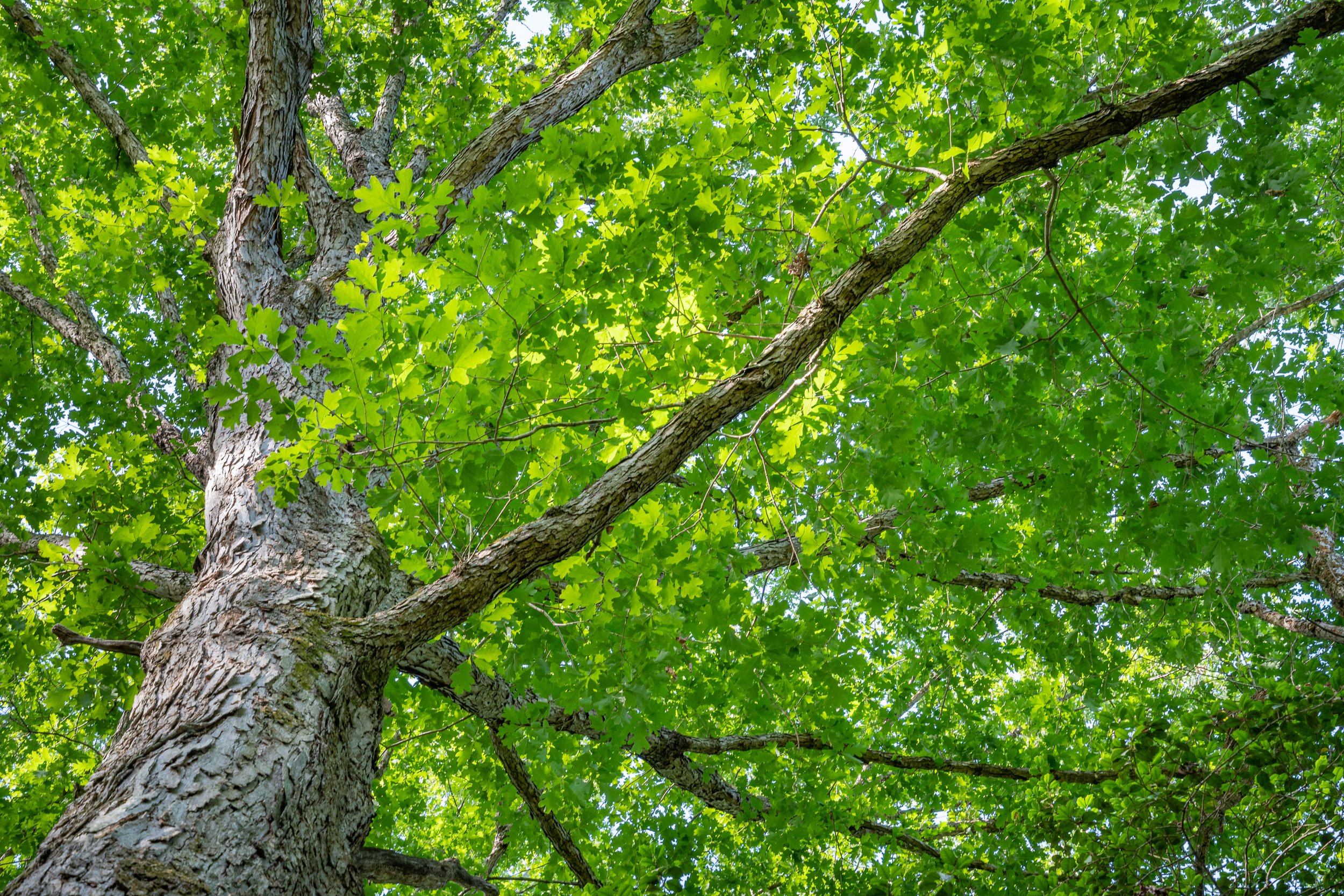An early spring female hooded merganser swimming in the wetlands
Perhaps competition is a strong word. Perhaps there were simply two candidates inspecting the property before they decided whether to move in. What am I talking about? During a visit to a wetlands park we happened to see two female hooded mergansers around the same nest box in early spring.
Arriving at the nest box
The female hooded merganser perched on the nest box
Early on one of the mergansers flew up and perched atop the box, perhaps thinking to stake her claim. But then the second merganser flew over and was bold enough to stick her head into the opening to inspect the nesting area before flying off again.
A second female hooded merganser flies up to the nest box while the other is perched on top
The second merganser peeked into the nest box while the other watched from above
Later, the original merganser sat down atop the box and just rested for a while. It seemed she might be staking her claim, but eventually she also flew off.
The original female hooded merganser rests atop the nest box.
Finally the original female hooded merganser left the nest box and flew away.
In the end I’ve no clue which of two, if either, will build a nest inside the box. But it would be nice to return to check on any progress.
In a previous year we happened to be there at the time the hooded merganser chicks fledged from the nest. That was a fun sight.
And on another day I was fortunate to watch the slightly older hooded merganser chicks out with their mother.
Do you enjoy these posts?
Sign up to receive periodic emails with updates and thoughts. Don’t worry, I won’t spam you. And please consider purchasing artwork or products from my online store, and using my affiliate links in the sidebar to the right when shopping online.
I appreciate your support!
